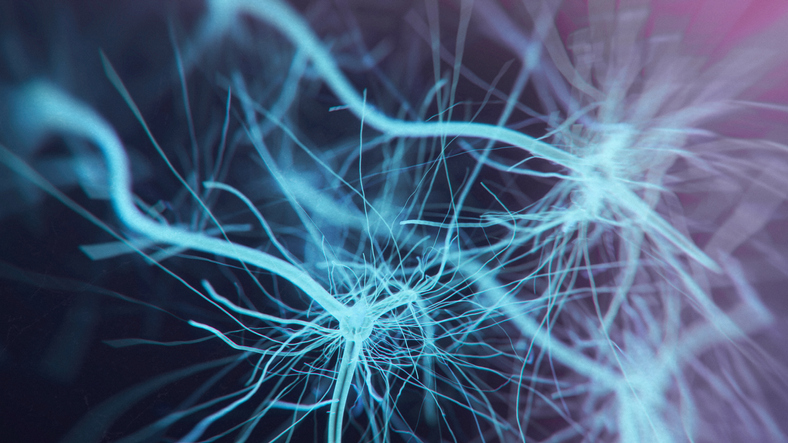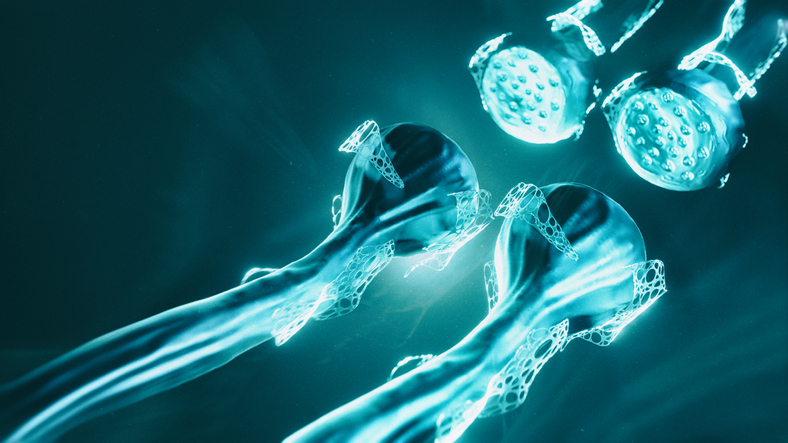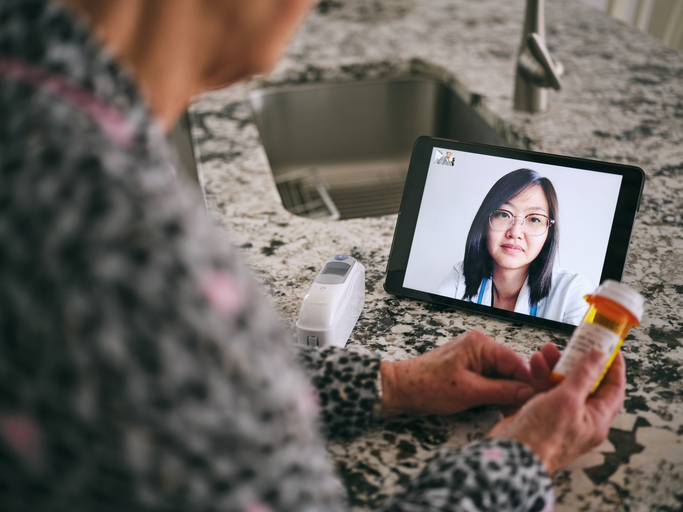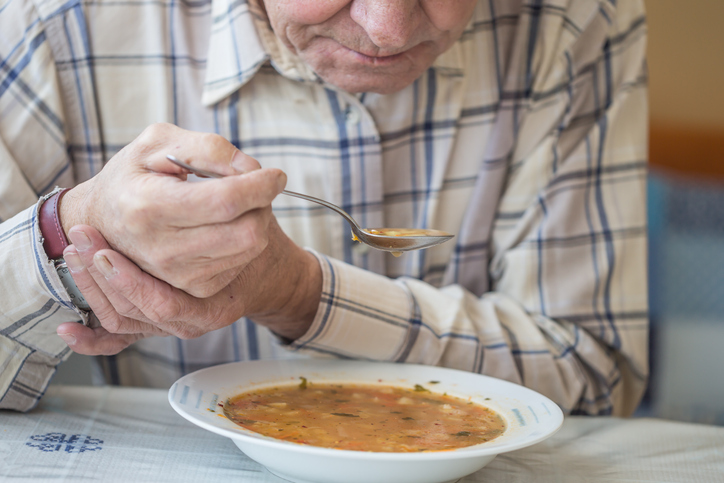Pain
What Is Primary Lateral Sclerosis (PLS)?

Primary lateral sclerosis (PLS) is a rare neuromuscular disorder that involves the gradual degeneration of nerve cells — more specifically, upper motor neurons — in the brain. Upper motor neurons are responsible for the initiation of voluntary movements and help with body posture. PLS belongs to a group of conditions known as motor neuron diseases.
PLS is sometimes mistaken for amyotrophic lateral sclerosis (ALS), which affects both upper and lower motor neurons (lower motor neurons begin in the spinal cord, exit the spine, and innervate the muscles and glands in the rest of the body). PLS affects only upper motor neurons; however, because the upper motor neurons are damaged, they cannot activate the lower motor neurons that control muscle movement. PLS progresses more slowly than ALS and, in most cases, is not fatal. However, some individuals with PLS eventually develop ALS.
Symptoms
Symptoms typically begin in the legs and gradually spread to other areas of the body. In rare cases, weakness begins in the facial muscles and travels down the spinal cord to affect the arms, trunk and legs. PLS symptoms include the following:
- Weakness, stiffness and spasms that typically begin in one leg before spreading to the other leg
- Tripping, clumsiness, and balance issues
- Hoarseness, slurred speech, or drooling, due to weakened facial muscles
As the disease progresses, other symptoms may develop:
- Swallowing and breathing difficulties
- Finger, hand and arm stiffness
- Bladder control issues
- Pain in the lower back, neck and other muscles
Causes
The cause of adult-onset PLS is unknown. It is not inherited, and it is not yet clear how or why it develops. A rare subtype of PLS called juvenile primary lateral sclerosis starts in childhood or adolescence. It is caused by a genetic mutation that is passed from both parents (who must be hereditary carriers) to the child.
Risk factors
PLS is most commonly diagnosed between the ages of 40 and 60. Males and females are equally affected.



















